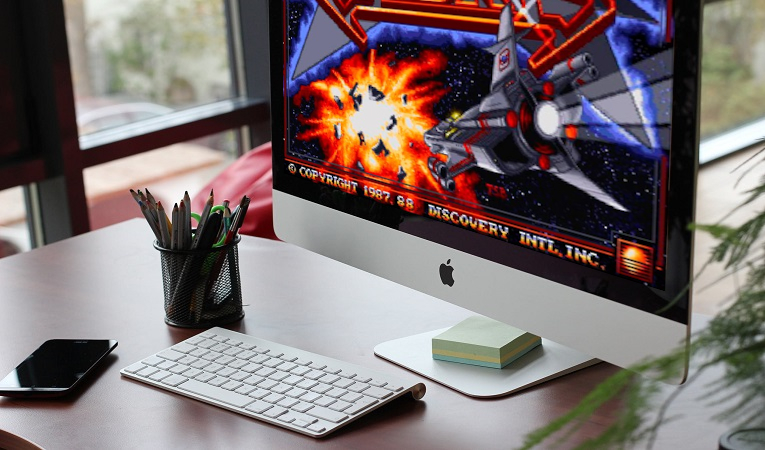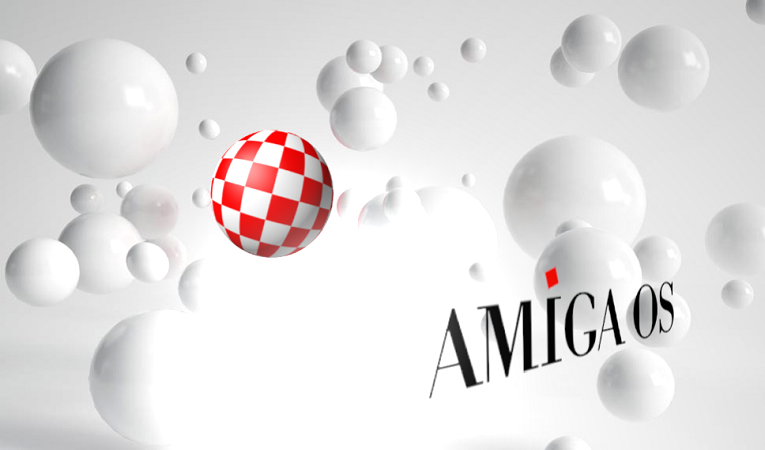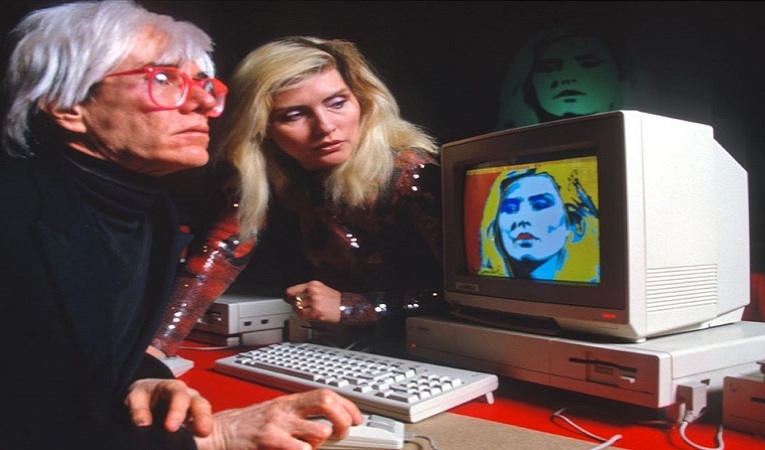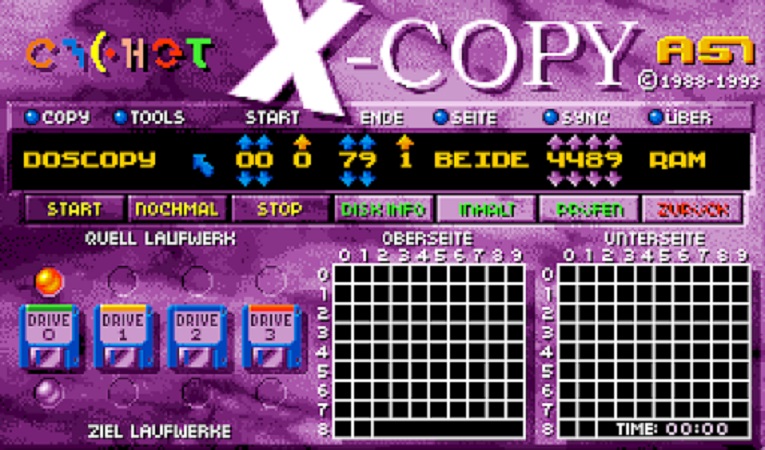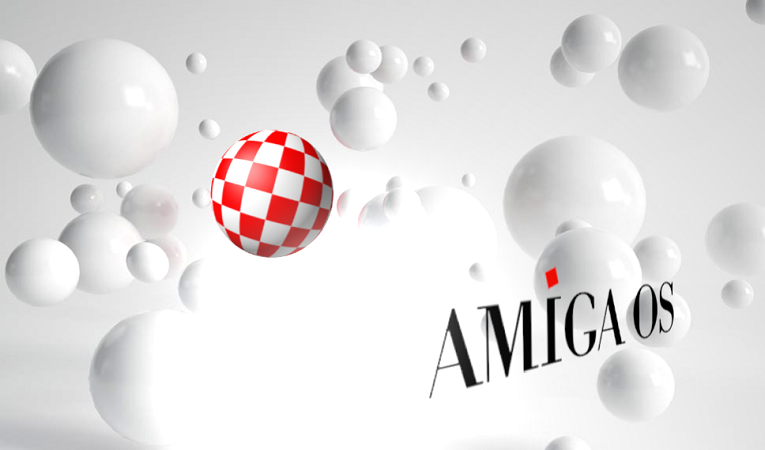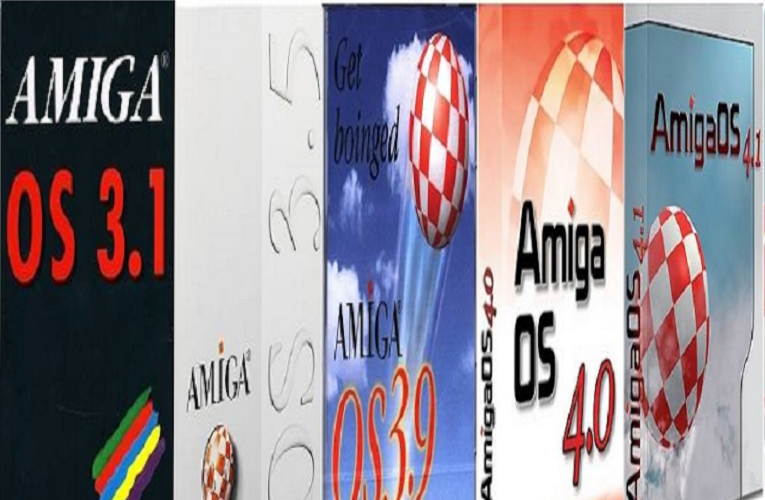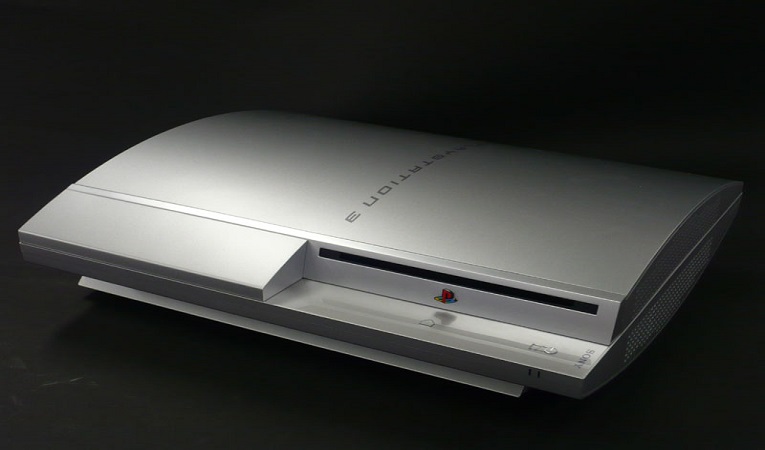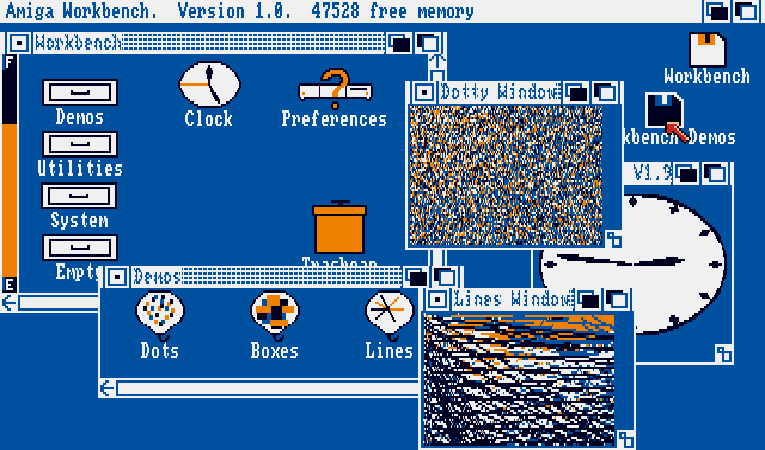
In 1985 Commodore introduced the Amiga 1000 with Amiga Workbench Version 1.0. Workbench, together with its OS component Kickstart, would later be rebranded to AmigaOS. Initially the Amiga operating system had no strong name and branding, as it was simply considered an integral part of the Amiga system as a whole. The Amiga 1000 needed a Kickstart disk to be inserted into floppy drive to boot up. An image of a simple illustration of a hand on a white screen, holding a blue Kickstart floppy, invited the user to perform this operation. After the kickstart was loaded into a special section of memory called the writable control store, the image of the hand appeared again, this time inviting the user to insert the Workbench disk. Early names used for the Amiga operating system included CAOS and AmigaDOS. The Amiga workbench was fantastic; it even looks cool by today’s standards.
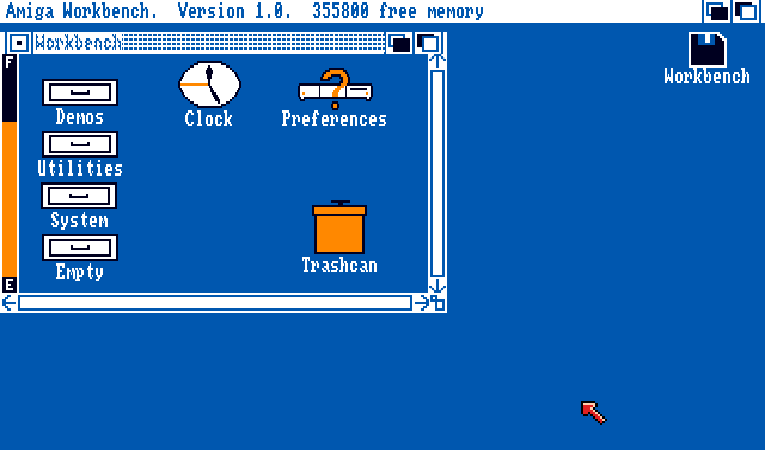
As far as the evolution of the GUI goes, Workbench was well and truly ahead of its time, with things such as a recycle bin, proper animated menus, multi-state icons, stereo sound, left-click and right-click menus, the ability to launch more than one application at a time. The first serie of Workbench defaults to a distinctive blue and orange color scheme, designed to give high contrast on even the worst of television screens. The display was highly customizable for the era. The user was free to create and modify system and user icons, while Atari TOS featured only default system icons whose appearance could not be modified and customizing icons on the Macintosh required using ResEdit. Users could customize four display colors and choose from two resolutions: 640×256 or 640×512 on PAL systems. The OS and applications worked very closely with the hardware to produce some amazing results. Before version Workbench 1.3, disks were formatted with the Amiga Old Filesystem, which was quite inefficient, as it stored metadata pretty redundantly. Every single sector, even sectors containing file data, start with a 24 byte header.
news source: Wikipedia / image source: GenerationAmiga / watch on Youtube

